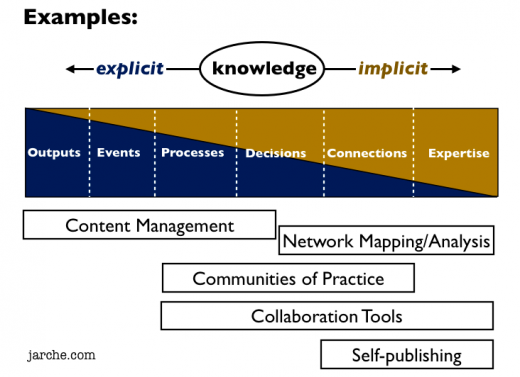OXFORD, Miss. — Every seat in the house was sold out for Friday’s performance of “The Laramie Project,” a play staged by the University of Mississippi theater department about an anti-gay hate crime.
Hundreds of miles away, the Ole Miss football team was preparing to take on Auburn.
The two groups of students, about as far apart as any cultural groups on a college campus could be, became linked this week after football players and other freshmen disrupted the play with homophobic heckling.
University officials are investigating the episode, employing a new bias incident response team developed earlier this year.
The university, despite enormous changes, still struggles with the legacy of its integration in 1962 that resulted in two deaths and dozens of injuries.Since then, the university has made inclusion and racial healing a theme, but problems persist.
In 2012, a student protest against the re-election of President Obama turned disorderly, with some students chanting racial epithets and two charged with disorderly conduct.
Particularly in light of that episode, the uproar over the play brought out a certain defensiveness on campus among some students, but many applauded what they say was a thorough and swift response from the university. The actors themselves were thrust into a national spotlight. Well-wishers from theater communities in Los Angeles and New York reached out to the school in a show of support.
So did the Matthew Shepard Foundation, founded after Mr. Shepard, a gay University of Wyoming student, was robbed, beaten and tied to a fence on a rural road in 1998. He was found 18 hours later, barely alive, and died from the attack. The play is based on his death.
“I was disappointed to see that a number of Ole Miss football players and others in the audience decided to interrupt a performance of the play using anti-gay slurs,” said his mother, Judy Shepard. “Using hate-filled words to interrupt a play about anti-gay hate is a sad irony.”
Officials and students at the school, including some who were heckled during the play, were quick to point out that the football players were not the only students disrupting the performance, and said blaming the football program was wrong.
Some said the episode was more about immature theatergoers and the background from which the students came.
“It was a bunch of teenage boys being stupid,” said Ashley Kozich, 20, who had heard what happened but said that not too many people on campus were talking about it. “Probably if it happened at any other school it would not be getting all this attention.”
In an interview on campus on Friday, Daniel W. Jones, the chancellor, called it painful, but also saw it as learning opportunity for the students involved.
“A lot of students come here with less exposure to social issues than they might at other schools,” he said. “Because of our unique history of injustice, we have a larger responsibility and opportunity to deal with intolerance in any form.”
Once an investigation of the heckling on Tuesday is concluded, the school will consider disciplinary action, which could range from a public apology to expulsion, Dr. Jones said.
In a report issued Friday evening, the school’s bias response team recommended that every student who attended the play be ordered to attend an educational session led by faculty and others.
About 125 people were at the Meek Auditorium on Tuesday. Many were students taking a theater appreciation class.
There are conflicting reports about whether a derogatory word for a homosexual man was used, but several people who attended agree that catcalls, giggling, inappropriate coughing and burping began during the first act and escalated in the second act.
The harassment included making fun of the weight of one of the actors and commenting on the body of the stage manager who told the audience after intermission to silence their cellphones.
A student working on the production noticed that football players were among the hecklers and contacted the athletic department. An administrator hurried to the theater.
A member of the team apologized to cast members on Tuesday, said Adam Ganucheau, 21, editor in chief of The Daily Mississippian, which first reported the story on Thursday. He said Friday in an interview that no one had traced a homophobic slur to a football player.
After the story came out, the chancellor and the school’s athletic director both issued statements deploring the episode. Hugh Freeze, the football coach, said on Twitter that “we certainly do not condone any actions that offend or hurt people in any way.”
For the cast members, who gathered in the theater at noon Friday to discuss the episode and listen to encouraging words from administrators and theater faculty, the fact that the play provoked such strong reaction was, in a way, exactly what theater is supposed to do.
“We in 2013 like to think that we’ve come a long way, but this has opened our eyes that we haven’t,” said Garrison Gibbons, 20, an openly gay theater major who was one of the biggest targets of the audience’s behavior. “I’d like to think something good can come out of this,” he said.
Then he left to go prepare for Friday’s performance.







